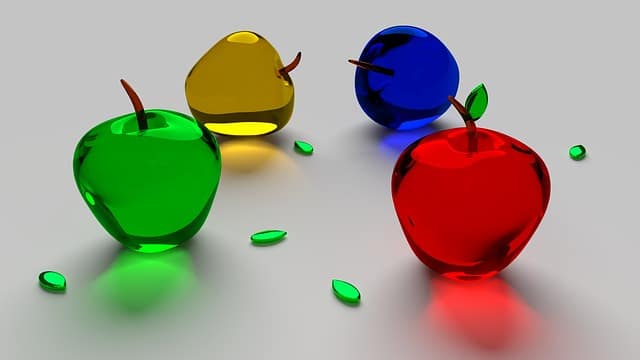A raster is a matrix of pixels organized in rows and columns.
Raster is an English term that can be translated as “raster” . Although it is not part of the dictionary of the Royal Spanish Academy ( RAE ), it is common for it to be used in our language with an accent in A : raster .
Pixel array
A raster is a data structure made up of an array of pixels . These pixels are organized into columns and rows , giving rise to a grid of cells , which present the value that represents the information in question.
With a raster, therefore, images are generated using a rectangular grid of pixels . Each pixel is assigned a color value and location . If you want to edit an image of this type, you work on the pixel, and not on the shape of the graphic.
The raster image is known as a bitmap or bitmap . Photographs and other continuous tone images are usually bitmaps, as this format enables accurate representation of colors and shadows.
The quality of a raster is measured by color depth , width , and height . These characteristics determine how many different colors each pixel can store.
Applications, vectors and voxels
It is important to highlight that the data that is stored as a raster allows us to represent different real phenomena. With discrete or thematic data , information linked to land use is represented, for example. The so-called continuous data , meanwhile, are useful for representing temperature.
Just as a raster is an image made up of a grid of pixels, there are also vector graphics . In this case, the image is represented with geometric objects , and not by storing the color of the pixels that make up the matrix . Vectors can form very complex images, but the way they are composed is completely different from bitmaps.
While a raster has the information for each pixel, a vector image only stores the data corresponding to each point from which a line is projected; for example, its position, its extension and its curvature. In this way it is also possible to make geometric figures, paint their contours and faces. In practice, a bitmap cannot be resized without losing information , while vectors are calculated each time, for each representation, so that they always offer the same sharpness.
We can also talk about voxels, a concept that serves to represent pixels in a three-dimensional space. Just as we understand that a raster image is made up of rows and columns of points, each with its color information, voxels serve to fill a space in which depth is also taken into account. Unlike pixels, voxels are not squares but cubes. Regarding processing demand, they are much heavier than the former, and that is why they are not used as frequently.

Three-dimensional images are rasterized to be displayed on the screen.
Rasterization and rays
Three-dimensional computer-generated graphics are currently of incalculable importance: not only would we not have video games without them, but many of the highest-grossing films would not exist without the possibilities they provide. Today it is difficult to distinguish a real landscape from a virtual one , and that is largely due to advances in the field of lighting , where raster and rays are fundamental topics.
A three-dimensional raster image pays attention only to objects that appear in the camera's field of view: all others (and their effects on the former) are ignored. A common consequence of this technique is that reflections of elements that the camera does not capture are lost. Rays, on the other hand, can take into account the entire scene, in addition to the light bounces between different objects, offering a considerably higher level of realism.
